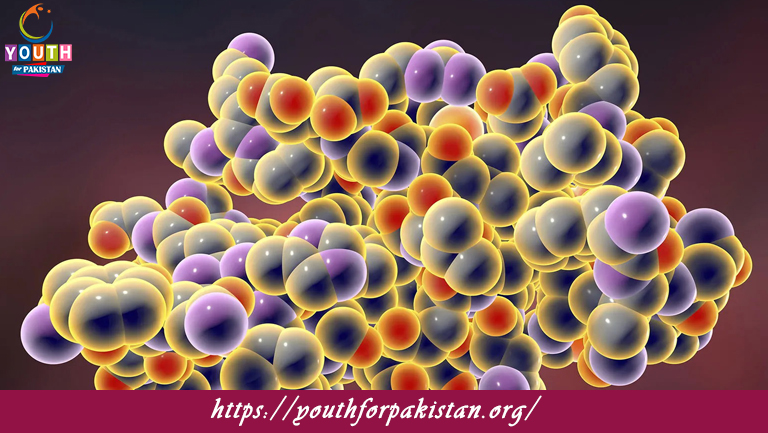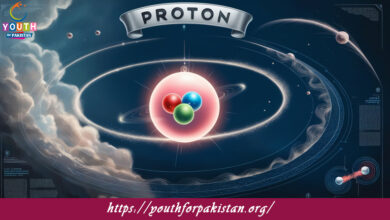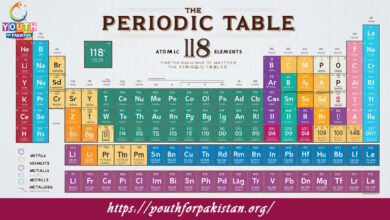Macro Molecules MDCAT Quiz with Answers

Macro Molecules MDCAT Quiz: Macromolecules are large, complex molecules that are essential to biological and chemical systems. These molecules play a critical role in the structure and function of living organisms and are involved in various biochemical processes. For MDCAT students, understanding the types, properties, and functions of macromolecules is vital for success in both chemistry and biology sections of the exam. Macromolecules include proteins, nucleic acids, carbohydrates, and lipids, each of which has specific roles in cellular function.
Proteins:
Proteins are one of the most important types of macromolecules and are made up of amino acids. These organic compounds are linked together by peptide bonds to form long chains. The specific sequence of amino acids determines the primary structure of a protein, while its three-dimensional shape or tertiary structure is crucial for its function. Proteins serve various functions, including acting as enzymes, structural components, antibodies, and hormones. Their versatility and importance in biological systems make them a central topic in both chemistry and biology.
Example:
Hemoglobin, the protein responsible for carrying oxygen in the blood, is a classic example of a functional protein.
Nucleic Acids:
Nucleic acids, such as DNA (Deoxyribonucleic Acid) and RNA (Ribonucleic Acid), are macromolecules that carry genetic information. DNA stores the instructions for protein synthesis, while RNA is involved in the process of translating these instructions into proteins. Nucleic acids are made up of nucleotides, which consist of a sugar, a phosphate group, and a nitrogenous base. DNA’s double helix structure enables the storage and transmission of genetic data, while RNA plays a crucial role in gene expression.
Example:
DNA in the cell nucleus holds genetic blueprints, while mRNA helps translate these instructions into proteins.
Carbohydrates:
Carbohydrates are macromolecules made up of sugars and sugar polymers. These molecules serve as energy sources, energy storage, and structural components in cells. Simple sugars like glucose and fructose are monosaccharides, while more complex carbohydrates, such as starch, glycogen, and cellulose, are polysaccharides. Carbohydrates are essential in cellular respiration and in the structure of plant cell walls (cellulose).
Example:
Starch, a polysaccharide in plants, is one of the significant energy sources for human beings.
Lipids:
The term lipid refers to an extremely diverse group of hydrophobic macromolecules, mainly fats, oils, phospholipids, and steroids. Lipid plays a vital role in energy storage, the formation of cell membranes, and protection. They act as hormones and participate in cell signaling. For example, phospholipids contribute greatly to the formation of the cell membrane and provide a bilayer that acts as a semi-permeable barrier controlling the movement of substances in and out of the cell.
Example:
Triglycerides are lipids that store energy in adipose tissues. On the other hand, phospholipids form the structure of the cell membrane.
Quiz: Test Your Knowledge of the Macromolecules
Our MDCAT Quiz on macromolecules is designed to test your knowledge regarding the structure, function, and importance of these macromolecules present in biological systems. Our quiz includes questions on proteins, nucleic acids, carbohydrates, and lipids so that you may feel well-prepared for related questions in exams.
Free Flashcard: Key Insights on Macromolecules
Use our Free Flashcard set to review the key properties, types, and functions of macromolecules. This study tool will help to reinforce your understanding of the four major types of macromolecules and their roles in cellular function, preparing you for the MDCAT exam.
Experience the real exam environment with our expertly designed collection of over 25,000 MCQs MDCAT Mock Tests.






